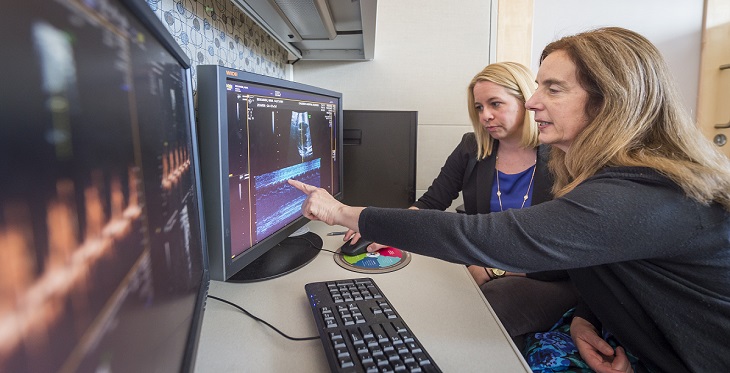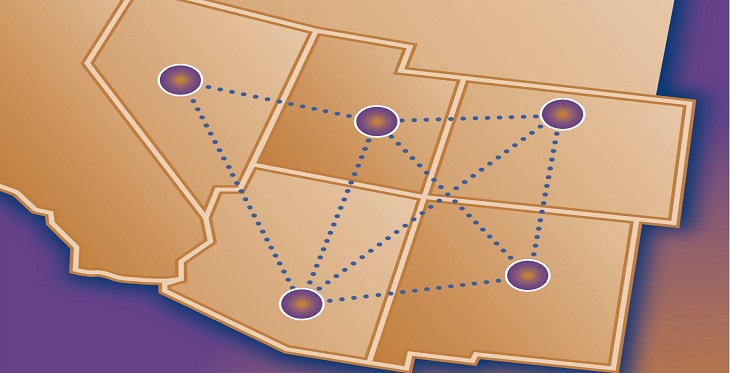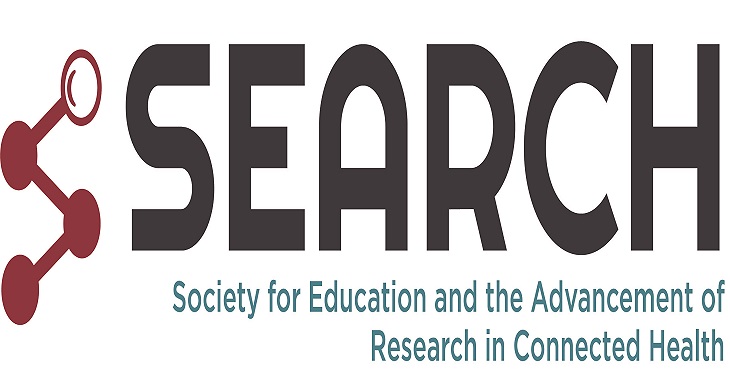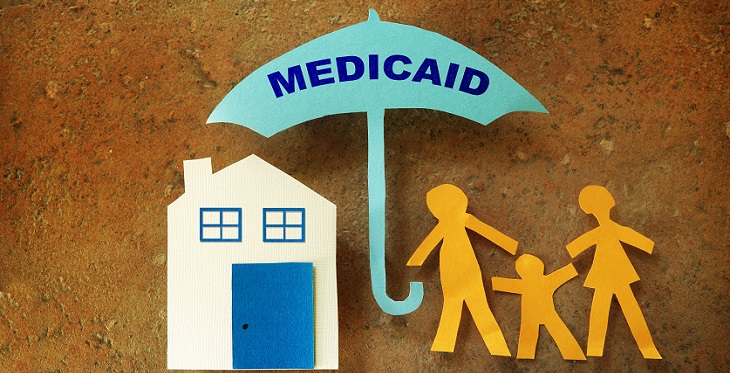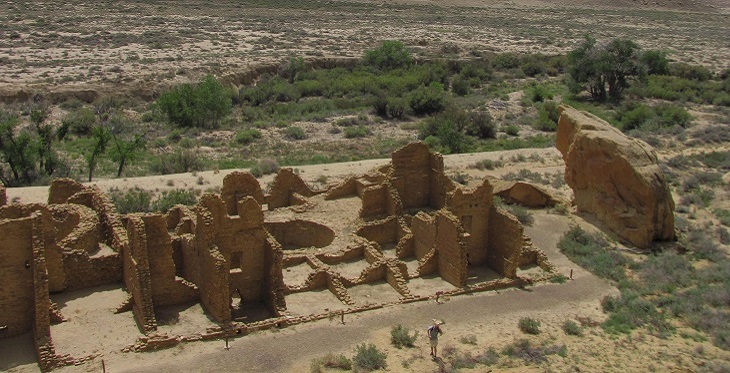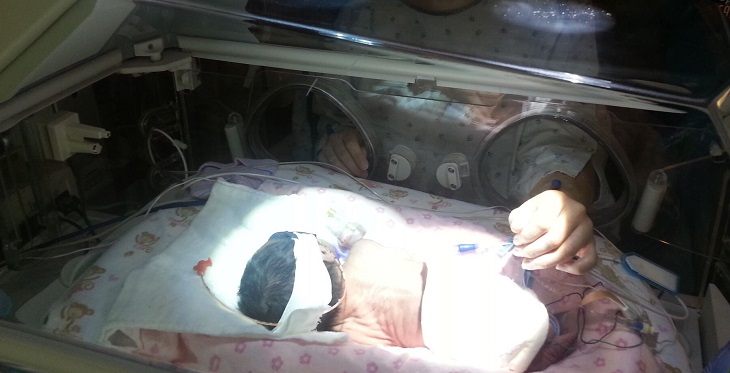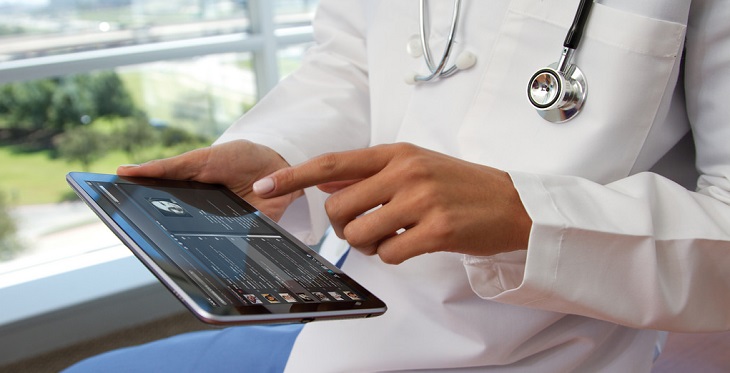4th Annual Service Provider Summit – If You Missed It You Missed a Lot!
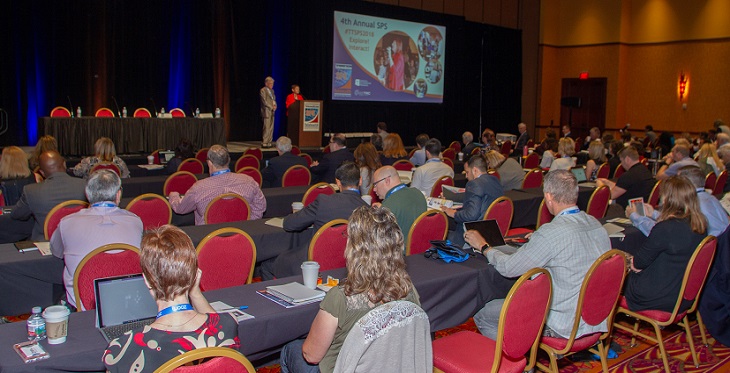
The 4th Annual Telemedicine & Telehealth Service Provider Summit (SPS https://ttspsworld.com/), sponsored by the Arizona Telemedicine Program (ATP) and Southwest Telehealth Resource Center (SWTRC), was held October 8-9 in Glendale, AZ, and attracted an all-time high of nearly 400 attendees! SPS continues to be unique in its intent to bring together telemedicine service providers and users in a collaborative and interactive venue that provides the opportunity to learn from each other. SPS, as in past years, was organized and hosted by Drs. Dale Alverson, Elizabeth Krupinski, and Ronald Weinstein. The ATP team contributed innumerable hours (especially Nancy Rowe and Kris Erps), support, and enthusiasm to put the meeting on and deserves many kudos and thanks (Cassandra Coray, Ellen Dudzik, Kris Erps, Mike Holcomb, Angel Holtrust, Bob Kerr, Janet Major, Chris Martin, Karen Miller, Nancy Rowe, Tracy Skinner)!


